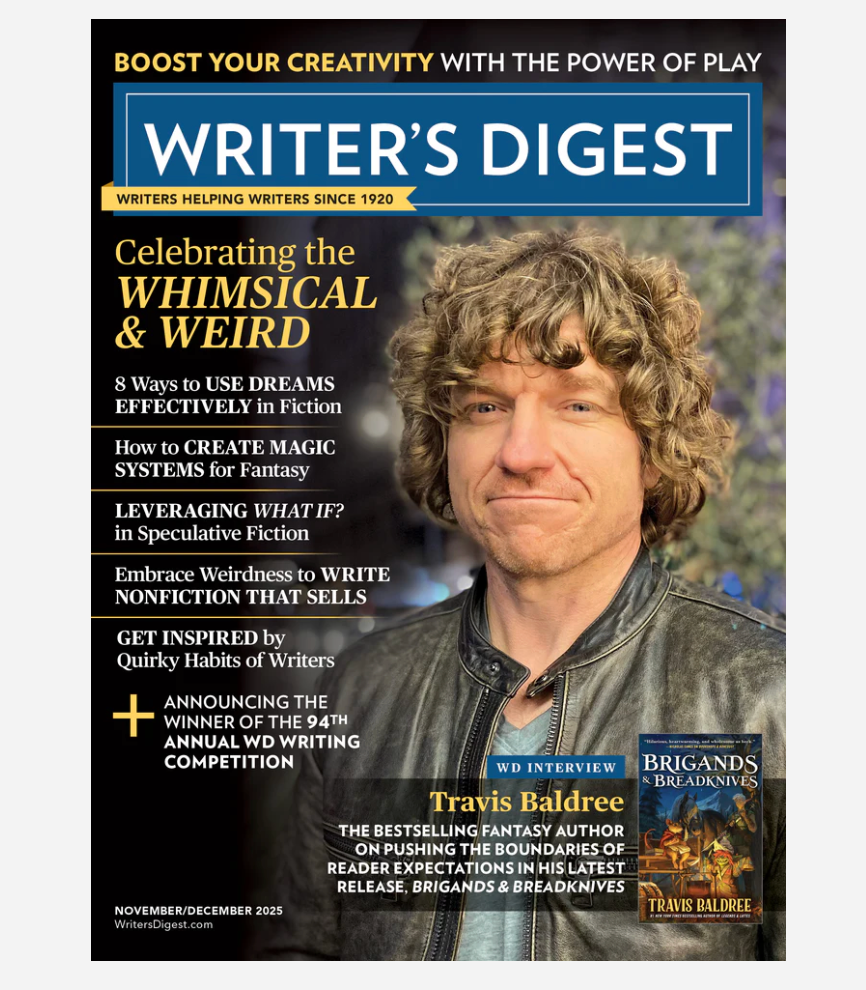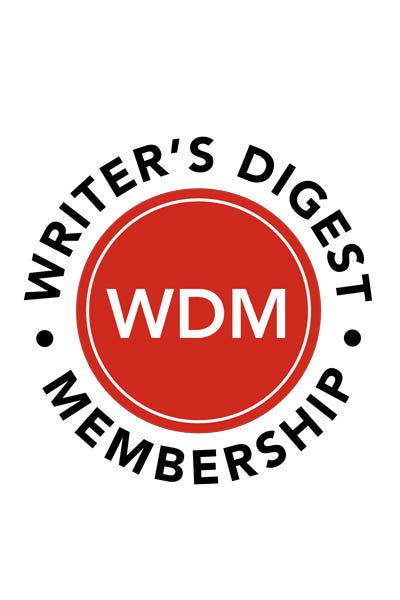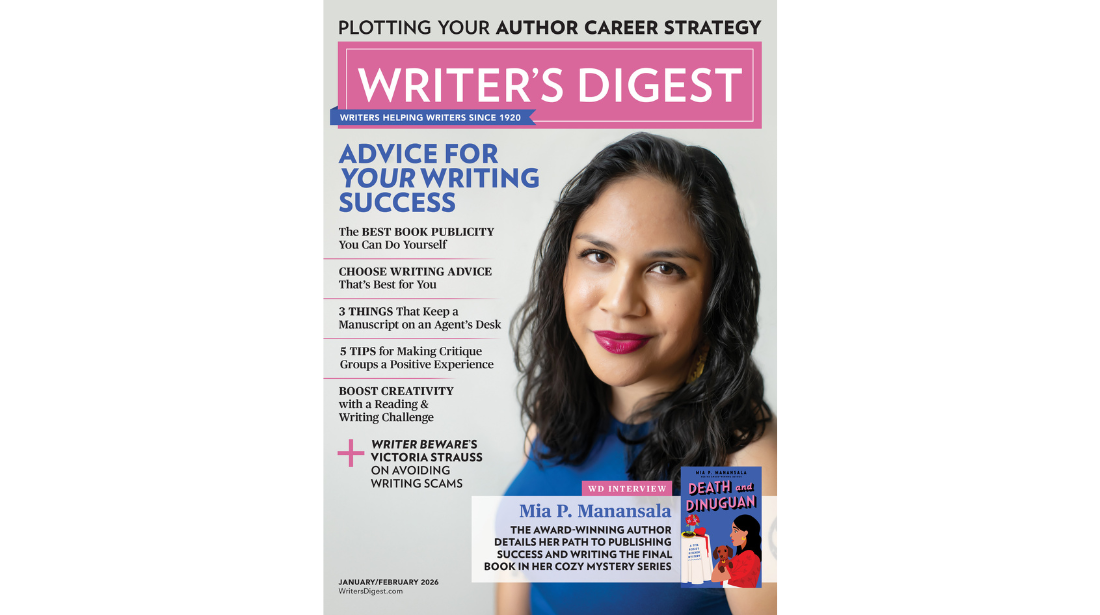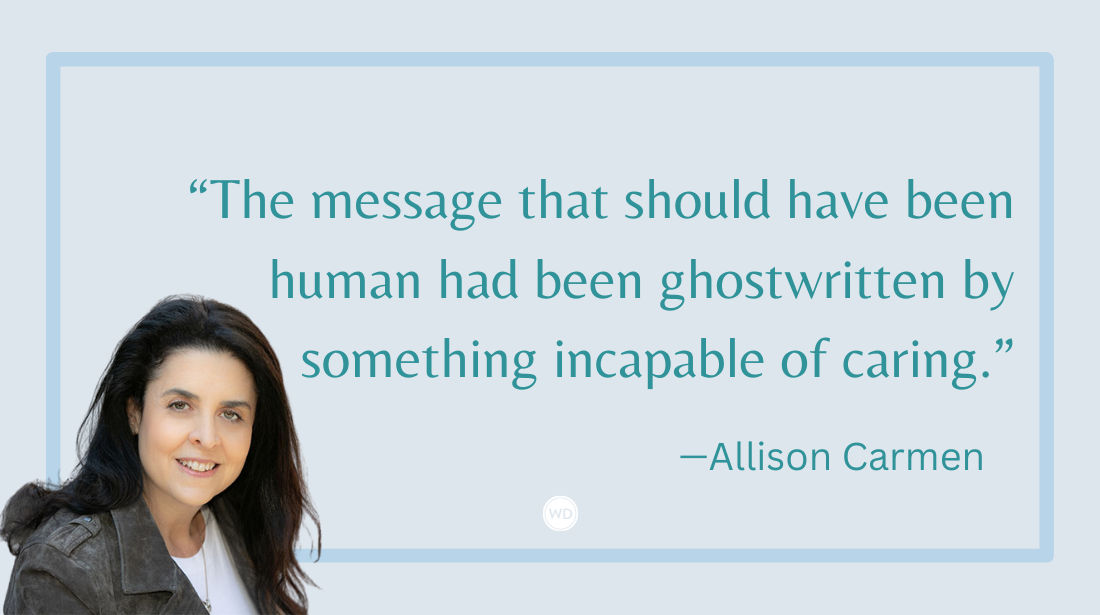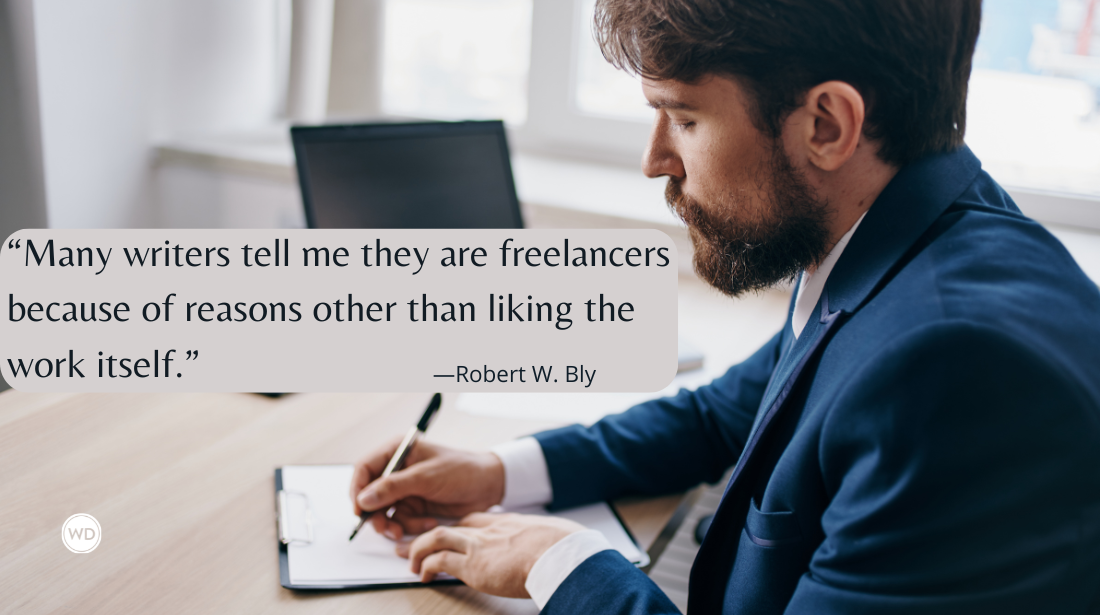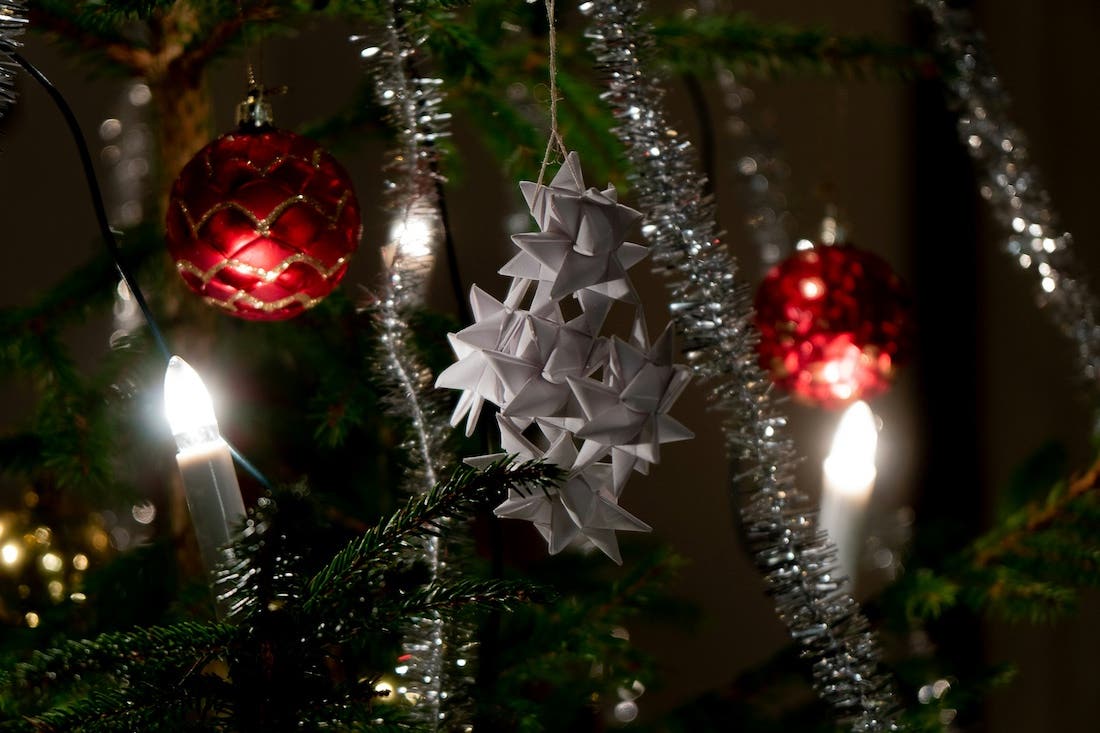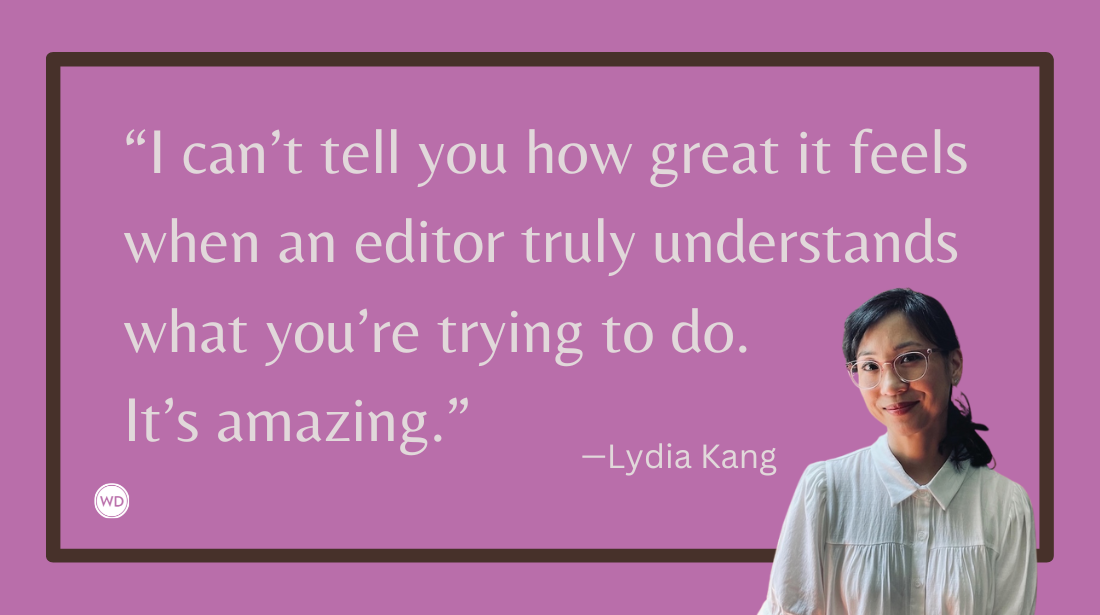Kirsten W. Larson: Writing Is Just Such a Messy Process for Me
In this interview, author Kirsten W. Larson discusses cutting a third of the story and rewriting what remained in her new nonfiction picture book, This is How You Know.
Kirsten W. Larson used to work with rocket scientists at NASA. Now she writes books for curious kids, including Wood, Wire, Wings: Emma Lilian Todd Invents an Airplane, A True Wonder; The Comic Book Hero Who Changed Everything; and The Fire of Stars: The Life and Brilliance of the Woman Who Discovered What Stars Are Made Of. Originally from Virginia, Kirsten lives near Los Angeles with her husband, lhasa-poo, and two curious kids. She invites you to find her at KirstenWLarson.com or follow her on Instagram and YouTube.
In this interview, Kirsten discusses cutting a third of the story and rewriting what remained in her new nonfiction picture book, This is How You Know, her hope for readers, and more.
Name: Kirsten W. Larson
Literary agent: Lara Perkins, Andrea Brown Literary Agency
Book title: This is How You Know, illustrated by Cornelia Li
Publisher: Little, Brown Books for Young Readers
Release date: September 16, 2025
Genre/category: Nonfiction picture book
Previous titles: Wood, Wire, Wings: Emma Lilian Todd Invents an Airplane, illustrated by Tracy Subisak, A True Wonder: The Comic Hero Who Changed Everything, illustrated by Katy Wu, The Fire of Stars: The Life and Brilliance of the Woman Who Discovered What Stars Are Made Of, illustrated by Katherine Roy.
Elevator pitch: This Is How You Know, illustrated by Cornelia Li,is a lyrical “how to” of science. It encourages kids to ask questions, test their ideas, and to be wrong sometimes—but never give up!
What prompted you to write this book?
I’ve been writing about scientists and engineers, how they think, and how they work for a long time. Yet, this specific idea came together soon after lockdown during the COVID-19 pandemic in 2020. At that time, the scientific community made ground-breaking discoveries about a new virus in real time. And those discoveries eventually helped us stop the spread and save lives when they led to vaccines. Watching science in real time reinforced the importance for me of showing kids that science is nonlinear, messy, sometimes frustrating, yet critical for making the world a better place. And I wanted all of them to see themselves as potential future scientists.
How long did it take to go from idea to publication? And did the idea change during the process?
Researching and writing the book took about six months, but then it was five years from acquisition to publication. Creating all those beautiful illustrations takes a long time!
During the writing, my idea for This Is How You Know changed both completely and not at all. The idea I first jotted in my notebook was: “Edwin Hubble [the astronomer who discovered our expanding universe], Nancy Roman [the mother of the Hubble Space Telescope], and the telescope itself.” None of these ideas feature in my finished book.
Yet, underneath that surface idea, was the heart of my story, which remained unchanged through every draft: the idea of showing how science really works in practice, which is what I was trying to demonstrate with Hubble, Nancy Roman, and the telescope. Each time I started over, I had to remind myself why I was writing this story in the first place. And that helped me pivot from focusing on a specific scientist or scientific discovery to sharing the process of scientific inquiry itself.
Were there any surprises or learning moments in the publishing process for this title?
This book sold quite quickly, and the text was short—about 550 words. At the time, I foolishly imagined there wouldn’t be much editorial work to do. How wrong I was! My editor really pushed me to sharpen the arc, to interrogate every word and make it matter, to create suspense with planned page turns. I cut 200 words—a third of the story—and rewrote practically every remaining word. I have never worked so hard especially on such a short text, but the book is so much better for it.
Were there any surprises in the writing process for this book?
Writing is just such a messy process for me. It’s only through the writing process that I learn what the story is really about. Yet in this case, my initial story spark contained the germ of what I wanted to say all along; I just needed to find it beneath the surface and float it to the top. Critique partners and deep self-reflection in my writer’s notebook helped me figure out what I wanted to say.
What do you hope readers will get out of your book?
I want kids to get excited about asking questions, coming up with ideas for how and why things work, and testing them. And I want them to know that getting things wrong sometimes is a normal part of the process. Failure is just a piece of information: Something’s not quite working—yet. It’s what you do in the face of failure that matters. All of this holds true for the writing process too.
If you could share one piece of advice with other writers, what would it be?
This is much more daunting for novelists, but it’s OK to double down on the emotional truth of your story but toss out the entire plot or surface story. Writing, like science, is messy. It’s rarely a straight path. We get lost. We stumble. And then—finally—it all comes together. And there is nothing like that eureka moment!


